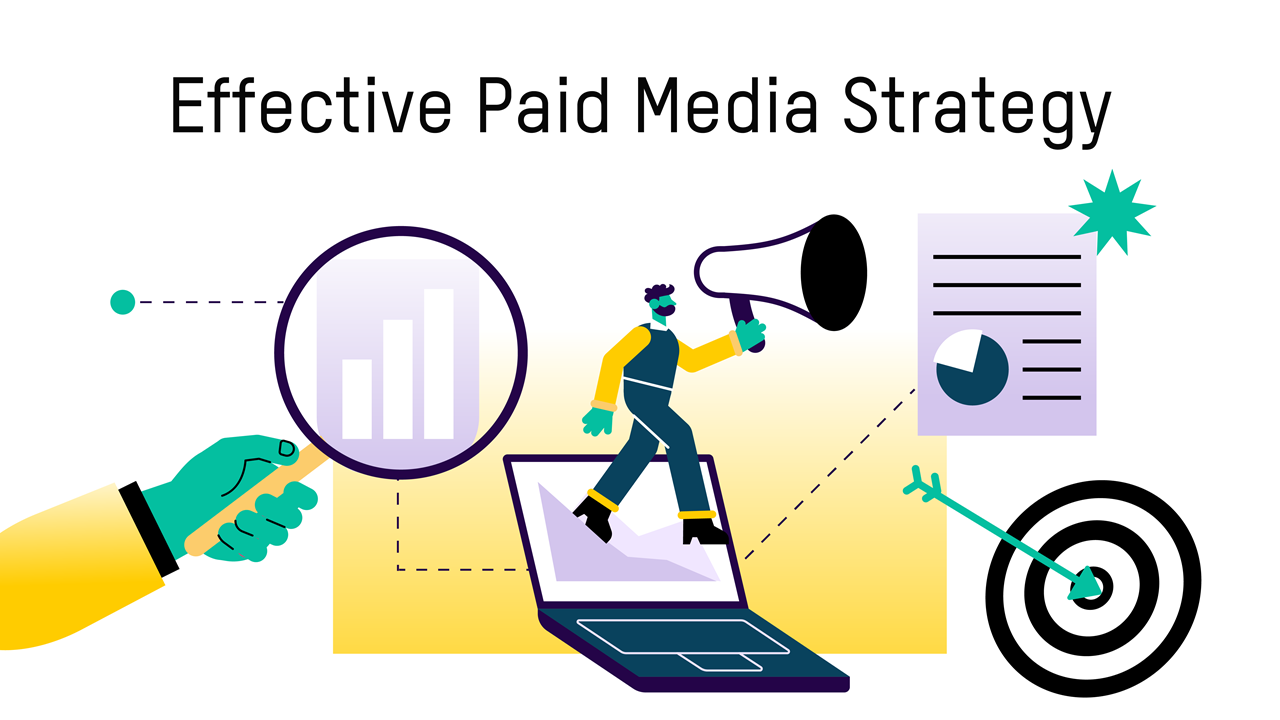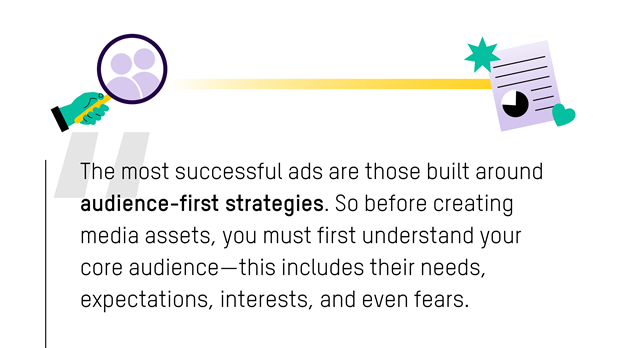Top Considerations in Building an Effective Paid Media Strategy

There is no exact formula to success but there is a winning strategy to stay ahead of the game.
Running ads on the internet isn’t as straightforward as it seems; it is, in fact, a multi-layered process. From establishing targeting parameters, to selecting messaging points, to developing creative assets, there are many steps that must be carried out before these ads reach their target audience. In this blog, we’ve rounded up six things that you should take into account when developing your paid media strategy.

Decide on a Specific Target
What do you want to get out of this? Do you want to increase audience engagement? Are you looking to boost overall profit? Or are you focused on reinforcing brand positioning across different marketing formats? Whatever it is, be clear on what you want to achieve. It’s important to identify your desired outcomes before getting deep into other areas of your paid media strategy. This will help you establish a clear path to success. Keep in mind that your campaign targets must be specific, measurable, and attainable at best. But aside from that, your goals must be time-based, meaning they can be changed every now and then. To yield optimal results, these can be adjusted based on the generated results from your previous or existing campaigns.
Keep an Eye on Competition
Part of developing a media plan is keeping a close watch on your rivals. This includes both direct competitors and those outside of your category. The upside of paid media is that you can have open access to your rivals’ paid media assets on different marketing platforms. Aside from their handles and websites, you can also take a peek at their ad performance through particular data and analytics solutions, such as Google Analytics, SEMRush, and Spyfu. These advanced tools can offer insights into important information about your competition. Through these sophisticated solutions, you can access their bidding strategies, budget allocation, keyword usage, ad messaging, and campaign overview in an instant. Collecting this type of data about your competitors will give you the opportunity to restrategize and further optimize your campaigns.
Get The Messaging Right
Messaging is a critical component of paid ads. This is what will make you stand out from the myriad of campaigns floating around the internet. It’s important to get the messaging right because it has the biggest impact on your ad’s success. First and foremost, you must align your messaging with your campaign goals. If your main objective is to strengthen lead generation, then your messaging should be both informative and persuasive. If you’re most concerned about brand development, then share messaging that’s more narrative in nature. But aside from calibrating messaging points based on campaign objectives, you must also adjust them based on your target audience. It’s best to tailor messaging according to what you know resonates with your intended market at every stage of the marketing funnel to drive greater conversions.
Define Your Niche Market
The most successful ads are those built around audience-first strategies. So before creating media assets, you must first understand your core audience—this includes their needs, expectations, interests, and even fears. It’s also important to identify what channels your target consumers often use or where they spend most of their time, as these interest-based attributes can help you better align with their needs. While it may appear easy, conducting research about your audience can be challenging. So it’s best to use different techniques in collecting information about your target demographics, which includes utilizing user personas, user journey maps, and first- and third-party data to get to know them further.
Pay Attention to Trends
Tracking performance is a must in the world of paid media. With the help of advanced analytics tools, you can monitor, measure, and analyze the performance of your ads across metrics. This can enable you to spot emerging trends that help inform your strategic decisions and creative executions. For instance, when you notice an increased performance on a specific day of the week, you can make the decision to increase your bids and generate more conversions than the previous run.
Select The Most Profitable Format
There are a handful of paid media channels you can use to run your campaigns—search ads, display ads, social media ads, and OTP ads. If you’re having a hard time deciding, this list can be further trimmed down once you factor in your ad budget, campaign goals, and target audience. In addition, each channel has its own advantages and disadvantages. Choosing the most appropriate format ultimately depends on your needs and requirements at the moment. But keep in mind that there is no one best option when it comes to media formats. The success of campaigns really depends on a combination of factors. One thing is certain, however. These paid channels can generate immediate and impactful results for you and your business when used right.